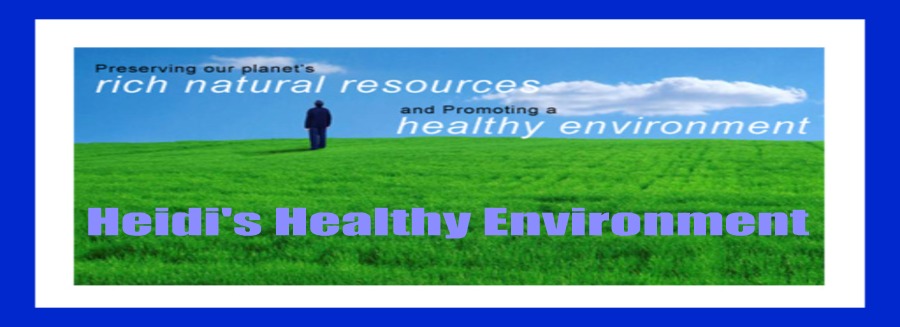Air Quality Crossword Puzzle
I think this was a really fun learning activity. There were four websites that pertain to air quality issues both locally and nationally and I needed to read the articles to find the answers to the crossword puzzle. It was fun and I also learned a number of new things about our air quality.
Uncovering the Facts about Cancer
1. First visit the WebMD webpage related to cancer and find 3 facts about cancer that interest you or that you never knew.
- I didn’t know that there are more than 100 types of cancer and that breast cancer in men is not uncommon. Also, I didn’t know that coffee is used to prevent gastrointestinal cancer, lung cancer, and breast cancer.
2. Next, visit the American Cancer Society Cancer causes webpage and read about the different known causes of cancer. Be able to list 3.
- Tobacco, diet and physical activity, sun and UV exposure.
3. Once you feel you know what the causes/ risk factors are for cancer, go to this webpage from Preventcancer.org and read about things you can do to reduce your risk for cancer.
4. Report 3 common causes of cancer and describe 3 of the ways you think you could best protect YOURSELF against cancer. If you already meet all the criteria, discuss changes you think are the most helpful in general.
- Smoking can cause lung cancer. I have never smoked and I am trying to get my friend to stop smoking.
- Get screened. I need to make sure that I get screened using tests such as the Pap test and a mammogram.
- Wear sunscreen. Skin cancer is the most common and most preventable types of cancer. I usually use sunscreen, but there are times that I don’t think I need it. I really need to make sure that I use it more often.
By doing this learning activity I learned a lot about different cancers and what the risk factors are for cancer. I also learned what I can do to protect myself against cancer.
Health Insurance for All
I needed to watch a video and visit two different websites and play a game to learn about health insurance. After that I needed to share one or two things I learned from this activity.
By watching the video, I now understand better how health insurance works and after visiting the websites and reading about health insurance I understand how important it is to have health insurance in the U.S.
Emergency Contraception 101
After reading 10 Common Myths, Misunderstandings, and big Ol’ Lies About Emergency Contraception, please list 3 myths and why they are false.
1. The morning after pill is the same as abortion.
EC is called contraception because it is birth control: it can prevent pregnancy. That is what it is designed to do and all it is designed to do.
2. It's difficult to get.
In most areas of the western world, it's not difficult to get and in most of the world as a whole at this point, some form of EC can be obtained. In the United States, those over 17 can get it without a prescription.
3. It's hazardous to my health.
Less so than regular combination pill use, which is safe for users following the instructions and who do not have health conditions of lifestyle habits which make BCPs risky to use.
Next, do some research and find & list 3 places you could go to obtain emergency contraception in Duluth, MN.
1. Planned Parenthood
2. Women’s Health Center
3. SMDC Health System
I think this was a really good learning activity and I learned new things about emergency contraception. I think the 10 common myths were a really good way to learn about emergency contraception.
Smoking Fact Find
Instructions:
1) Review the links below.
2) Find 5 things that you didn't know before watching the video or things that really effected you.
3) Post the 5 things you learned. Can you think of any personal reasons why you have chosen not to smoke too? For example, parents would be disappointed, dont want to smell bad, ect. Please provide one reason why you have chosen not to smoke or have quit because of (if you feel comfortable sharing).
1. Annually, smoking costs Minnesota nearly $3 billion in health care costs.
2. Tobacco use leads to over 5,500 deaths in Minnesota a year.
3. Children of smokers are almost twice as likely to smoke as children of nonsmokers.
4. Smoking causes coronary heart disease, the leading cause of death in the U.S.
5. China has more than 350 million smokers — 50 million more cigarette buyers than the entire population of the United States.
There are a number of reasons why I chose not to smoke. The main reason is because I want to stay healthy. Besides that, I absolutely cannot stand the smell of cigarettes. Whether it be after someone puffs a cigarette or how they smell afterwards, it’s all horrible. I thought this was an interesting learning activity and I learned some new information about smoking. This is definitely something I am going to show my friend who smokes to help encourage her to quit.








